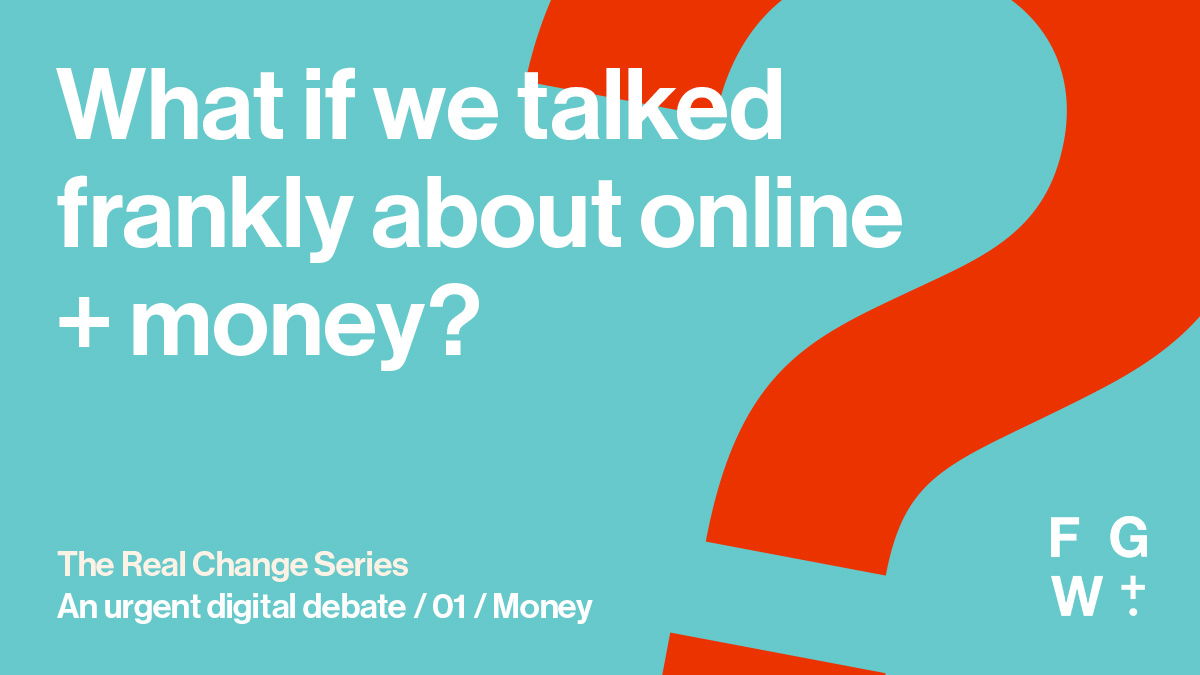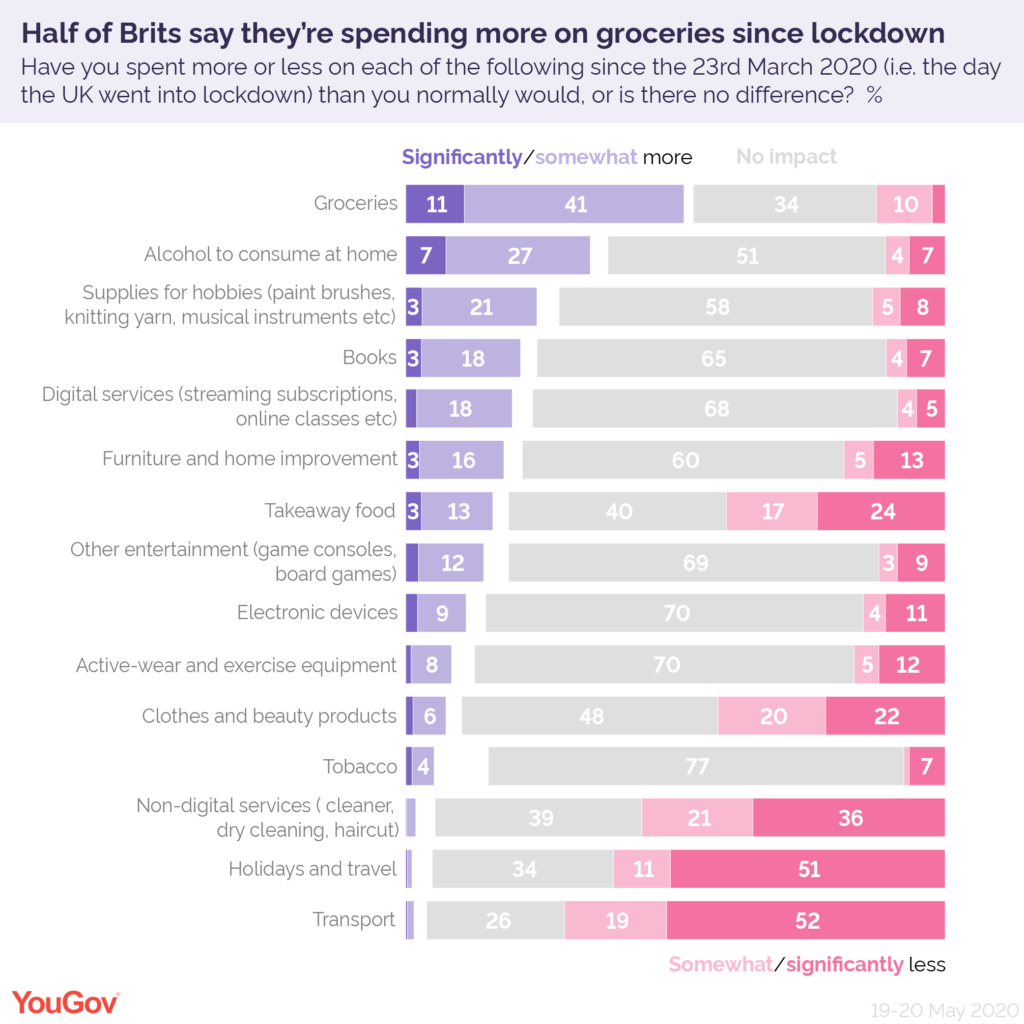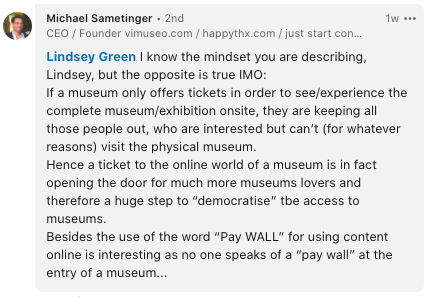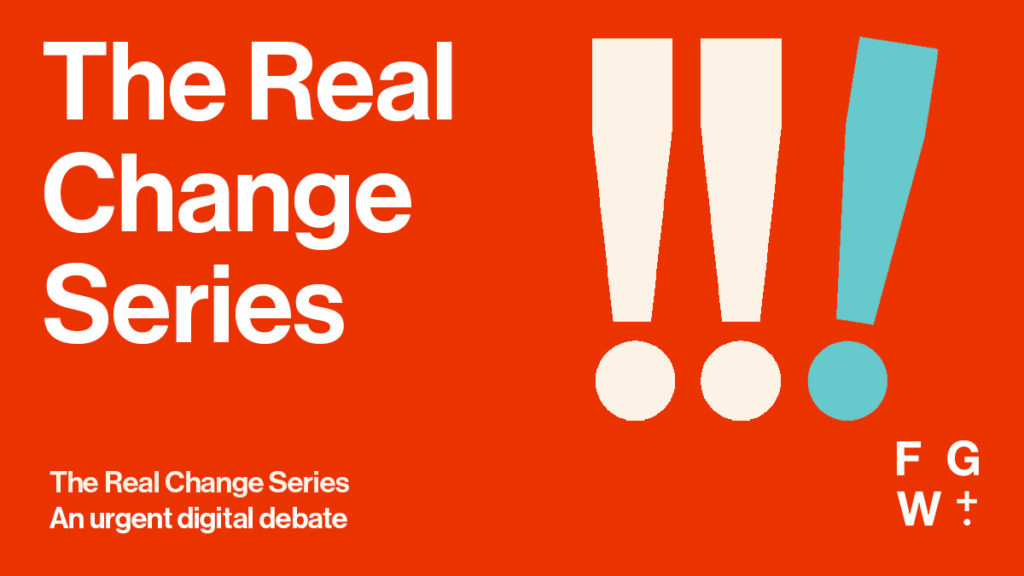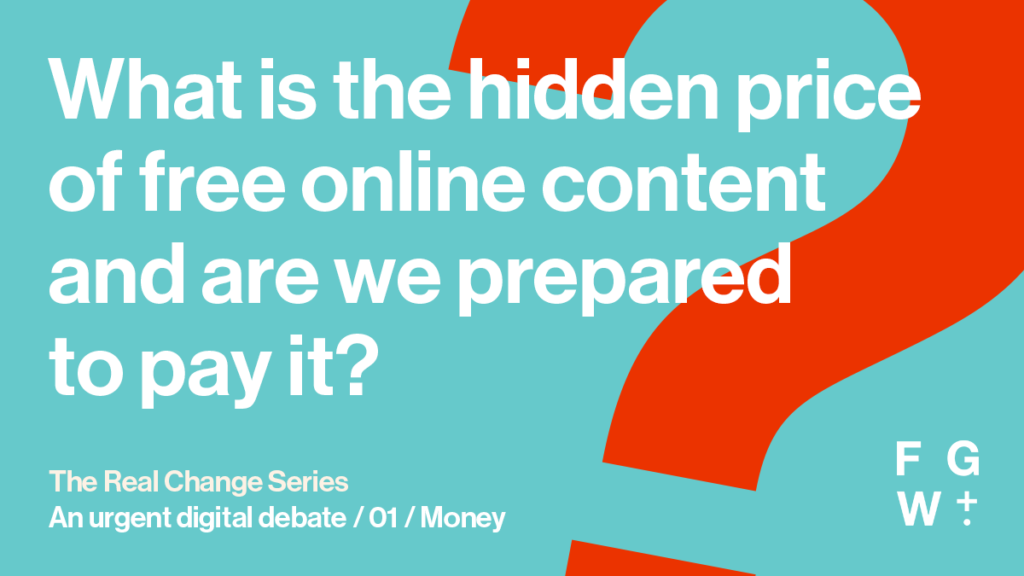Do you work with heritage? Are you looking for new ways to work with partners, volunteers and grassroots communities in Heritage? Interested in how digital tools and platforms might help?
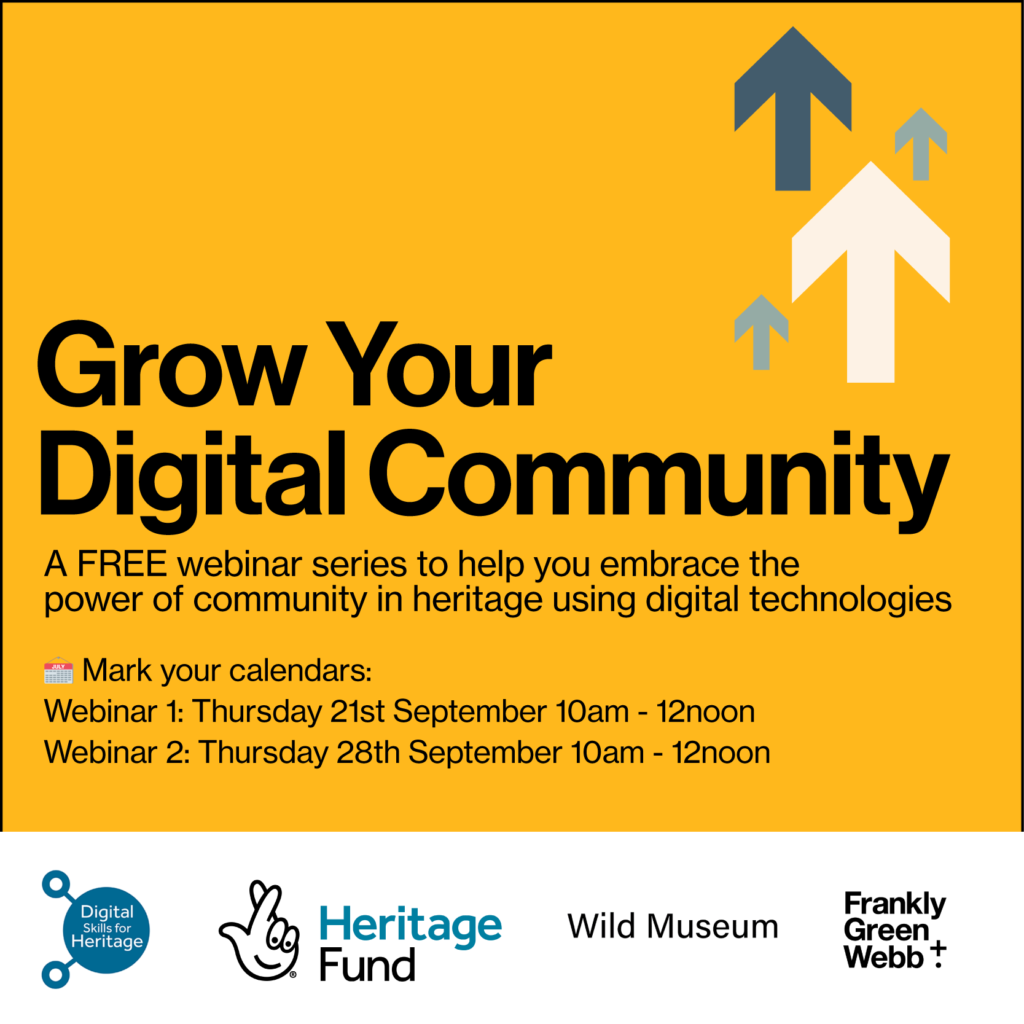
Over the past two years, The National Lottery Heritage Fund has supported 25 digital projects as part of the Digital Skills for Heritage initiative. The funding has helped projects innovate how they work with volunteers and community partners.
Join our two FREE webinars to hear from these projects as they share practical insights, advice and takeaways. They will help unpack and demystify “digital” approaches and the tools they used for working with volunteers and partners.
The webinars are being run on behalf of the Heritage Fund by digital mentors John Coburn (Wild Museum) and Lindsey Green (Frankly, Green + Webb).
Webinar 1 – How to work with partners and volunteers to improve capacity and quality of heritage data collection and interpretation
Thursday 21 September, 10am–12pm
Ticket price: FREE
In this webinar you will hear about:
- The benefits of working digitally with volunteers and partners to improve heritage data collection and interpretation
- how to overcome challenges when collaborating with partners and volunteers digitally to improve data collection or use of heritage data
- how to get started with the right digital tools and platforms when collaborating with volunteers and partners
Who is this webinar for?
Anyone working in or with heritage organisations, particularly:
- heritage leaders and managers with responsibility for digital
- people establishing or leading volunteer initiatives or teams
- learning, community and engagement leaders and teams
- curatorial, archives and collections leaders and teams
Speakers and topics include:
- Royal Horticultural Society on how to recruit and manage remote digital volunteers to transcribe, geotag and creatively interpret heritage collections
- University of Exeter on developing volunteer-led heritage mapping of places using open-access software and remote sensing data
- VocalEyes on accessible and inclusive approaches to digital volunteering to increase the diversity of your volunteers
- Butterfly Conservation on collaborating with volunteers and expert users to improve the quality of a data collection tools
- Wikimedia on working with organisations and volunteers from under-served backgrounds to close the content gaps on Wikipedia
Webinar 2 – How to engage grassroots communities and build local relevance using digital technologies
Thursday 28 September, 10am–12pm
Ticket price: FREE
In this webinar you will hear about:
- the benefits of working digitally to connect more deeply with grassroots communities and ensure content and programming is relevant to their needs and interests
- common challenges when collaborating with partners and volunteers digitally to improve interpretation and grow public engagement
- how to get started with the right digital tools and platforms when collaborating with volunteers and partners
Who is this webinar for?
Anyone working in or with heritage organisations who is responsible for or interested in:
- working to engage grassroots communities or people living locally to their venue
- delivering community-led digital programmes
- developing heritage related content or public programming
Speakers and topics include:
- Portland Museum on mobilising local communities to 3D digitise local historical collections
- Nerve Centre on digital volunteering supporting under-served communities to creatively interpret archives material
- Glasgow Women’s Library on building a network of digital volunteers to interpret collections through podcasting and writing
- Museum of London Archaeology on developing a network to grow public engagement with archaeology
- Lancashire Textile Treasures on collaborating with communities of volunteers through Whatsapp and other digital tools to interpret collections
How to join for FREE
Thursday 21 September, 10am–12pm
Thursday 28 September, 10am–12pm.
Format
Each session will include an introduction to digital volunteering and collaborating using digital tools, plus five 15-minute case studies, followed by a Q&A.
Accessibility requirements
Let us know if you have any accessibility requirements so that we may make reasonable adjustments. You can contact us by clicking the “Contact the event organiser” button below and completing the online form.
This webinar will be recorded
Please note: this session will be recorded and may be shared by the Heritage Fund, Frankly, Green + Webb and Wild Museum.
For more information about how we will process your personal data, please read the privacy policy on the Heritage Fund website.
We aim to make a recording available after the event. Sign up to the Heritage Fund’s email updates and select the ‘digital’ box, or visit the Heritage Fund website to stay updated.
The National Lottery Heritage Fund is the largest funder for the UK’s heritage. Since 1994, it’s awarded £8.8billion to more than 51,000 projects across the UK.
Digital Skills for Heritage is the Heritage Fund’s initiative designed to drive up digital capabilities across the UK’s heritage sector. It offers guidance, resources and opportunities to develop digital skills.

